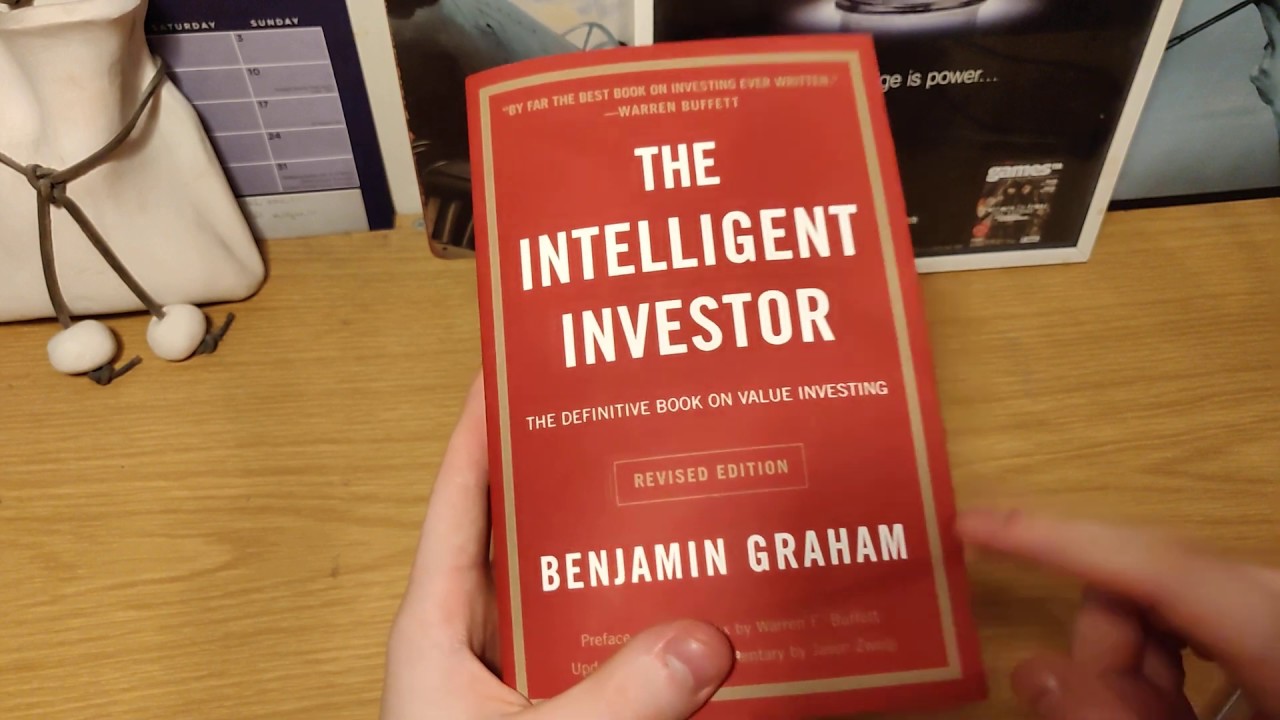About the Author
Graham was born on May 8, 1984, in London, England, but relocated to New York with his family at the age of one.
Graham’s family’s financial situation worsened after his father died, thus prompting him to focus his efforts on acquiring a high-quality education.
Because of his outstanding performance, he was offered a position as a faculty member at Columbia University, where he would teach Mathematics, English, and Philosophy. Graham, on the other hand, was looking for a job with a brokerage firm.
With his groundbreaking work in analyzing stock market dynamics, Benjamin Graham altered the perspective and practices of investment.
For this reason, he is generally referred to as the “Father of Security Analysis.” He was a professor at Columbia University until 1956 when he retired.
Graham’s legacy is that he established the concepts that should guide investors’ decision-making.
Graham’s strategy included a safety net: he recommended buying stocks below market value so that investors have a cushion to fall back on in the event of market volatility or decision-making errors.
“The intelligent investor is a realist who sells to optimists and buys from pessimists.”
Outline
Graham wrote ‘The Intelligent Investor’ in 1949, a book that made ripples in the financial world.
The concepts of value investing were explained in this book, as well as the distinctions between investment and speculation for stock market participants.
It explores a variety of stock market methods, including asset allocation, portfolio policy, dividends, market fluctuation, inflation, diversification, and Graham’s Margin of Safety, the holy grail of them all.
It’s loaded with numbers and statistics, but from an investor’s standpoint, it’s nothing short of a dream.
Despite the fact that the book covers a wide range of topics, its main concentration is on three concepts:
- The Enterprising Investor – An enterprising investor should approach their investments in the same way as they would any other business.
- The Defensive Investor – Because not every investor has the time to examine their investments in the context of a business analysis, they are classified as defensive investors and are advised to employ a defensive strategy that includes aspects of conservative investment that require little effort.
- Margin of Safety – Graham’s strategy included a safety net; he advocated buying stocks below market value so that investors had a safety net in case of market volatility or decision-making errors. And a legitimate margin of safety is one that can be shown with figures, convincing logic, and a body of real-world experience.
The focus of a value investor should be more on the operating performance and the dividends of the firm they own rather than the shifts in their stock prices.
Also, the investors must realize their rights and ownership and should employ them seriously and consistently.
“On the other hand, investing is a unique kind of casino—one where you cannot lose in the end, so long as you play only by the rules that put the odds squarely in your favor.”
Never put your trust in Mr. Market
Graham’s example, in which the entire stock market is personified as a single individual named Mr. Market, repeatedly highlights how Mr. Market will try to entice investors by giving various prices for different stocks.
Graham says that the best way to deal with Mr. Market is to ignore all of his offers because he appears to be erratic, unpredictable, and grumpy.
As a result, a wise investor must rely on his study and avoid Mr. Market’s enticements.
“An investment operation is one which, upon thorough analysis, promises safety of principal and an adequate return. Operations not meeting these requirements are speculative.”
Book Review: The Intelligent Investor
Anyone with money in the stock market should read “The Intelligent Investor” for the lessons it contains. They can be summarised in four simple points:
- Calculate a company’s fair market value.
- Only buy if the price is well below that threshold.
- As a sign of financial soundness, look for a company with a significant dividend policy.
- To spread the risks, diversify appropriately.
The twin anchors of appraisal and patience are among Graham’s most important lessons. To determine a company’s genuine value, you must conduct study.
Successful investing becomes as simple as refusing to overpay for a firm when you keep that value in mind.
Furthermore, once you’ve purchased a position in a low-cost company, you must have the patience to wait for the market to recognize its error and buy up the company’s shares.
Imagine taking a stock market book and multiplying it by an endless amount of wisdom and experience, and you have The Intelligent Investor.
It not only lays the groundwork for financial freedom, but also teaches you to be clever, focused, hardworking, and patient, all of which are essential components in the money-making dish known as Value Investing.
The revised edition includes new commentary from noted financial journalist Jason Zweig, whose viewpoint incorporates the realities of today’s market, draws parallels between Graham’s examples and today’s financial headlines, and provides readers with a better understanding of how to apply Graham’s principles.
“People who invest make money for themselves; people who speculate make money for their brokers.”









[…] […]